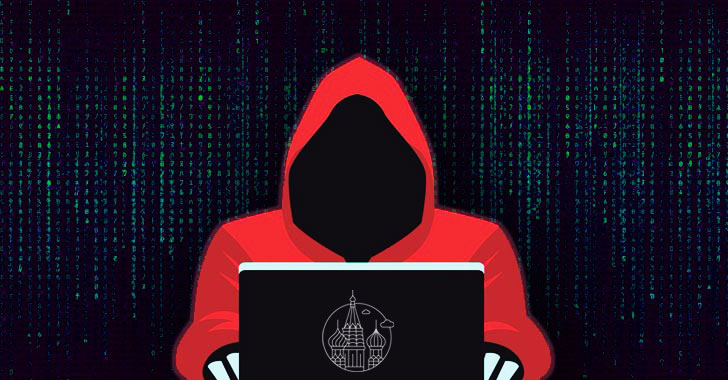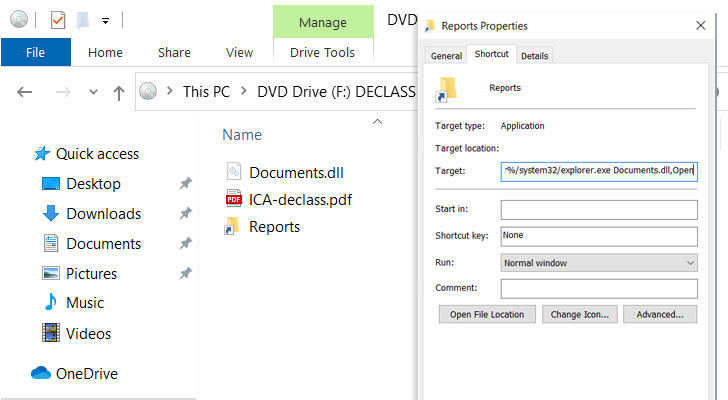Microsoft on Thursday disclosed that the threat actor behind the SolarWinds supply chain hack returned to the threat landscape to target government agencies, think tanks, consultants, and non-governmental organizations located across 24 countries, including the U.S.
"This wave of attacks targeted approximately 3,000 email accounts at more than 150 different organizations," Tom Burt, Microsoft's Corporate Vice President for Customer Security and Trust, said. "At least a quarter of the targeted organizations were involved in international development, humanitarian, and human rights work."
Microsoft attributed the intrusions to the Russian threat actor it tracks as Nobelium, and by the wider cybersecurity community under the monikers APT29, UNC2452 (FireEye), SolarStorm (Unit 42), StellarParticle (Crowdstrike), and Dark Halo (Volexity).
The latest wave in a series of intrusions is said to have begun on Jan. 28, 2021, before reaching a new level of escalation on May 25. The attacks leveraged a legitimate mass-mailing service called Constant Contact to conceal its malicious activity and masquerade as USAID, a U.S.-based development organization, for a wide-scale phishing campaign that distributed phishing emails to a variety of organizations and industry verticals.
"Nobelium launched this week's attacks by gaining access to the Constant Contact account of USAID," Burt said.
These seemingly authentic emails included a link that, when clicked, delivered a malicious optical disc image file ("ICA-declass.iso") to inject a custom Cobalt Strike Beacon implant dubbed NativeZone ("Documents.dll"). The backdoor, as observed in previous incidents, comes equipped with capabilities to maintain persistent access, conduct lateral movement, exfiltrate data, and install additional malware.
In another variation of the targeted attacks detected before April, Nobelium experimented with profiling the target machine after the email recipient clicked the link. In the event the underlying operating system turned out to be iOS, the victim was redirected to a second remote server to dispatch an exploit for the then zero-day CVE-2021-1879. Apple addressed the flaw on March 26, acknowledging that "this issue may have been actively exploited."
Cybersecurity firm Volexity, which corroborated the findings, said the campaign singled out non-governmental organizations (NGOs), research institutions, government entities, and international agencies situated in the U.S. and Europe.
The latest attacks add to evidence of the threat actor's recurring pattern of using unique infrastructure and tooling for each target, thereby giving the attackers a high level of stealth and enabling them to remain undetected for extended periods of time.
The ever-evolving nature of Nobelium's tradecraft is also likely to be a direct response to the highly publicized SolarWinds incident, suggesting the attackers could further continue to experiment with their methods to meet their objectives.
"When coupled with the attack on SolarWinds, it's clear that part of Nobelium's playbook is to gain access to trusted technology providers and infect their customers," Burt said. "By piggybacking on software updates and now mass email providers, Nobelium increases the chances of collateral damage in espionage operations and undermines trust in the technology ecosystem."
Found this article interesting? Follow THN on Facebook, Twitter and LinkedIn to read more exclusive content we post.
.png)
 3 years ago
182
3 years ago
182 


















 Bengali (Bangladesh) ·
Bengali (Bangladesh) ·  English (United States) ·
English (United States) ·